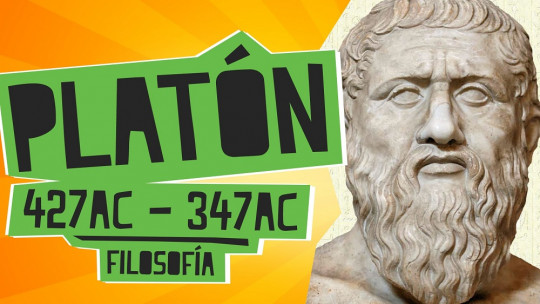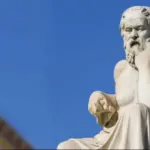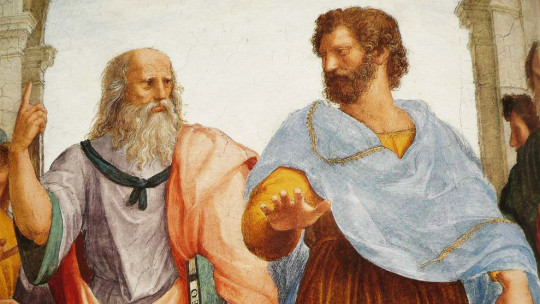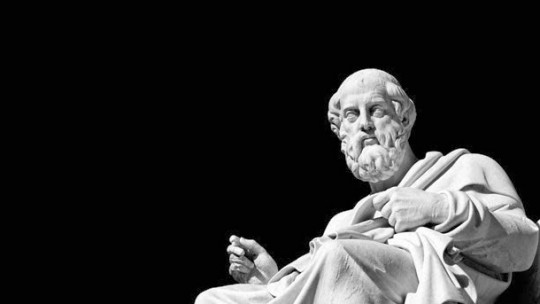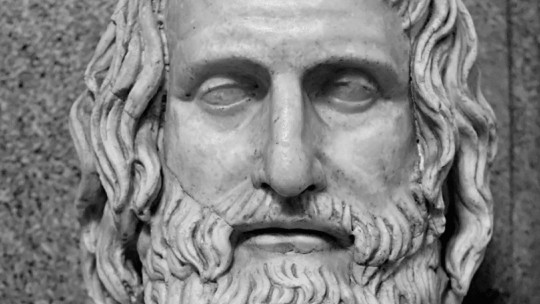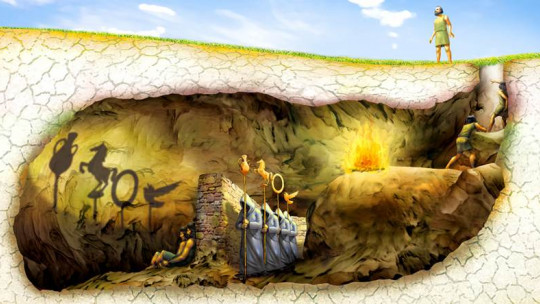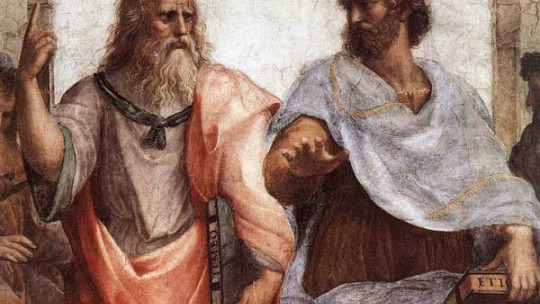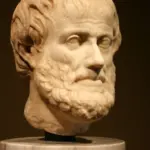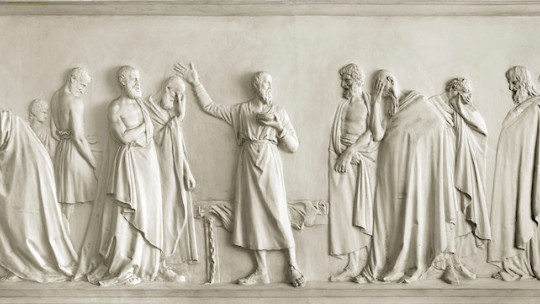Socrates is often said to have been the father of Western philosophy as we understand it today, but these merits did not serve to overshadow the contributions of his disciple Plato.
This Athenian, born in the 5th century BC. C., began to be interested in continuing to develop the moral philosophy that had characterized his teacher, but ended up creating something very different, focused on the nature of what exists rather than what should and shouldn’t be done This contribution is known as Plato’s theory of ideas.
The world of the ideal, according to Plato
Plato returned to the fundamental questions from which the pre-Socratic philosophers started: what exists? How does the cosmos work? The Athenian noticed that, while the great ideals that guide the actions of men, such as good and justice, are perfect and valid everywhere regardless of the context, the world around us is always changing, dependent of everything that happens in time and space: trees grow and dry, people age and disappear, mountains are modified by storms, the sea changes shape depending on the wind, etc.
Besides. nothing we can know about our environment is universal , since it depends on each person’s point of view or even on the information we have. An ox may look relatively large from a distance, but if we get closer we can see that the tree next to it is practically a bush and that the animal, consequently, is rather small.
And, despite this, behind the things we see there seem to exist ideas thanks to which we understand that chaos of changing matter that makes up the landscapes through which we move: when we see an olive tree we know that it is a tree, and when we see a pine tree, which is very different, we also know that it is a tree. Ideas serve to allow us to think correctly and not get lost in constant confusion, since, if they are well founded, they are valid everywhere.
But, according to Plato, ideas were not part of the same plane of existence as what surrounds us in the physical world. For him, when we see different types of chairs and recognize them as such, we do not simply recognize the common physical properties of these objects, but rather we evoke an idea of ”chair” that exists beyond them
The material is composed of shadows
According to the philosophy of this thinker, behind each element of the physical world there is an ideal, the perfect idea of each thing, which appears in our mind in a more or less imperfect way but which, definitively, does not emerge from the realm of the material, because It belongs to the world of ideas, a place of perfect, universal and immutable elements. This concept is central to Plato’s theory of ideas.
So, the reality that we perceive through the senses is for Plato fundamentally a deception , a set of bad copies of the elements that make up the world of ideas, each one with imperfections that distance it from its true essence. For example, geometric figures only exist in ideas, since there is no element of nature that faithfully reproduces them: not even more or less spherical bodies, such as bubbles or drops of water, form a real sphere.
The truth is in the ideas
Plato did not limit himself to pointing out that there is an unbridgeable gap between the world of ideas and that of material things; also defended the idea that what is true belonged to the first kingdom and not the second To demonstrate this he turned to mathematics, just as the Pythagorean sects had been doing: geometric and numerical relationships are always true in themselves, regardless of what happens in the world of matter.
In the same way, Plato came to believe that truth exists beyond what our senses can perceive If mathematics and geometry are true regardless of what we can find around us, there must exist a realm of ideas in which all of them can be found.
A place where there is the perfect idea of a chair, a flower, a river and everything that exists. He expressed this idea in one of his most remembered allegories, known as the myth of the cave: the truth exists even though no one has been able to access it because of the limitations that come with living in the physical world.
Innate ideas according to Plato
But Plato’s theory of ideas raised a question that could not be ignored: how can it be that, since the world of ideas and the material world are two separate realms, we are in contact with both? To answer this, the Athenian philosopher started from the idea that What we identify with our person is, in reality, the combination of two elements: body and soul
Our mind, related to our self-awareness and our ability to think, is actually an entity belonging to the world of ideas that, despite being eternal, has been provisionally locked in a material prison (our body).
The body, for its part, has senses to know what is happening in the physical world, but it is imperfect, easy to damage and is also subject to the deception of appearances, while the soul has reason and, as It belongs to the world of ideals, it has the innate ability to evoke the elements of the world of ideas. For Plato, therefore, To know is to remember through the use of reason, to make images and concepts appear in our consciousness again that we had already carried with us since our birth and that correspond to an eternal and universal kingdom.
The role of the philosopher
According to Plato, The philosopher’s task is to avoid analyzing the appearances of the physical world, populated with deceptive forms , and focus on accessing perfect ideas through the use of reason. This function is also expressed in his allegory of the Platonic cave.
But this is not as romantic as it sounds: this philosopher defended a model of political organization in which government was basically exercised by an oligarchy of thinkers, and proposed a strong segregation by social classes
The theory of ideas is, therefore, a proposal about what exists, but also about how reliable knowledge can be obtained and about how this knowledge should be managed. That is, it addresses both the branch of philosophy of ontology and epistemology and politics.
What remains of the theory of ideas?
Today, although Platonic philosophy is rarely defended in academic circles, it continues to exert a notable influence on our way of thinking.
Every time we imagine the truth as something independent of the events that occur in the world, we will be reproducing a part of Plato’s theory of ideas without realizing it.

